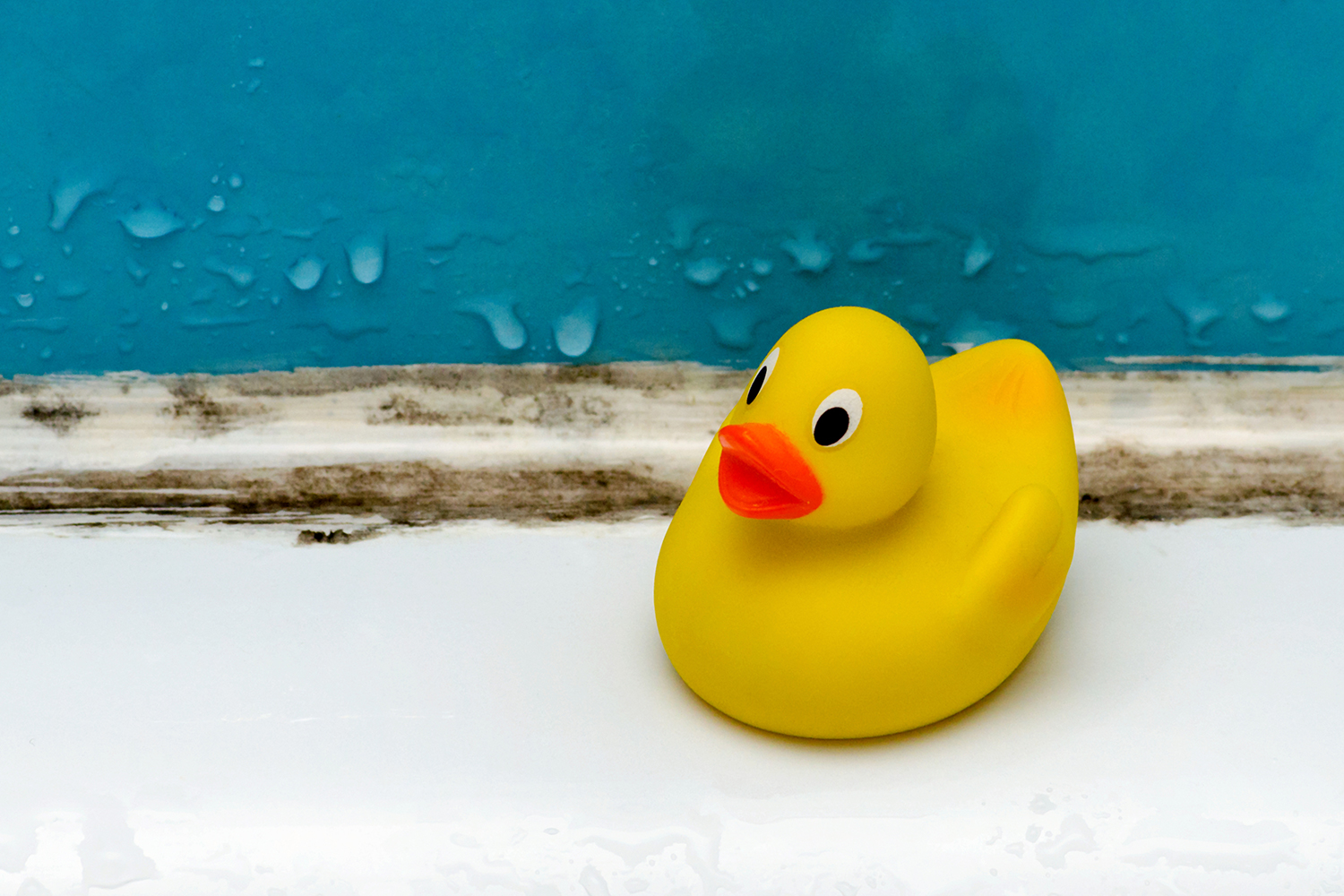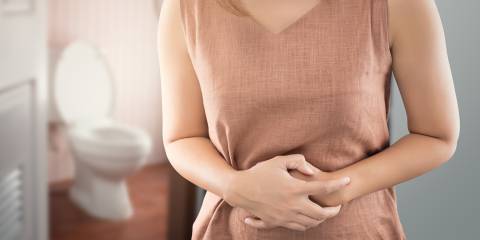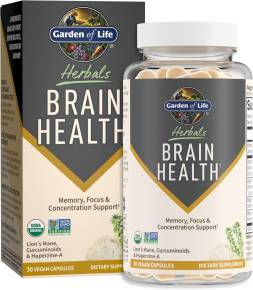An estimated 24 percent of the population have genetics that put them at increased risk for chronic health problems from mold exposure. They often end up with vague diagnoses like chronic fatigue syndrome, multiple chemical sensitivity, or irritable bowel syndrome.
Symptoms of Mold Illness
“Symptoms commonly include fatigue, brain fog, headaches, anxiety, gut disruptions (like gas, bloating, or diarrhea), skin rashes, frequent urination, and insomnia,” says Jill Crista, ND, author of Break the Mold ($24.95, Wellness Ink Publishing, 2018). “Frequent vision changes and ear ringing are also common.”
Try her online screening test.
How Mold Hurts You
Mold off-gases harmful chemicals, including volatile organic compounds (VOCs) and mycotoxins, that can erode your health. This can happen in a home with:
- a damp basement
- undetected leaks
- humidity level is too high
“Mycotoxins can be taken in through your nose, mouth, or skin,” says Matt Pratt-Hyatt, PhD, a microbiologist and director of research at the Mold Pros in Kansas City, MO. “Then they can enter your cells, causing damage and interfering with energy production.” Mold VOCs can also be inhaled and cause inflammation.
The cellular damage caused by mold can disrupt multiple systems in your body. “The nervous system, immune system, and gastrointestinal system tend to get the brunt of the attack,” Dr. Pratt-Hyatt says. The system hit the hardest tends to vary with a person’s genetics.
How to Tell If Your Home Has Mold
Mold Doesn't Always Smell
Even if you don’t notice a musty odor, mold could be hiding.
“Stachybotrys, which is a well-known black mold, frequently produces a smell,” Dr. Pratt-Hyatt says. “But there are many other kinds of mold, like Aspergillus and Penicillium, that don’t have an odor but produce very harmful mycotoxins.”
Consider an Environmental Mold Test
To screen your home for mold, consider the Environmental Mold & Mycotoxin Assessment test (EMMA) offered by RealTime Laboratories. The EMMA test not only tests for mold spores but also mycotoxins. Just realize that if you plan to file a lawsuit, you’ll need a third-party inspection by a certified expert, says Dr. Crista.
Recovering from Mold Sickness
Dealing with Mold Problems
If a mold problem is found, multiple corrective steps are needed. Dr. Pratt-Hyatt advises professional remediation, including removal of moldy building material, enzymatic destruction of mycotoxins, and ultra-low penetration air (ULPA) filtered vacuuming of all interior surfaces of your home.
See a Specialist
To be evaluated, find a healthcare practitioner trained in chronic mold illness, not an allergist.
“A mold allergy test only looks at reactions to spores,” Dr. Crista says. “You can have a normal mold allergy test but still have mold illness.”
Here are three websites that can help you locate mold-savvy practitioners:
Consider Supplements
Dr. Crista recommends these supplements for people with mold illness.
| Supplement | Purpose |
|---|---|
| DHA, EPA, and GLA fatty acids | Promote production of bile, which carries out mycotoxins. |
| Psyllium husk fiber | Binds toxin-laden bile, so you excrete it rather than recycle it. |
| Quercetin | An antihistamine that calms inflammation. |
| Glutathione (liposomal) | Promotes detoxification, and is a potent antioxidant. |
| Oil of Oregano | Has antifungal actions to support microbial balance. |




